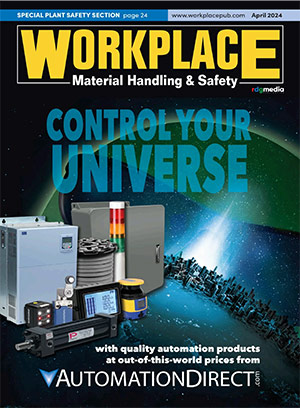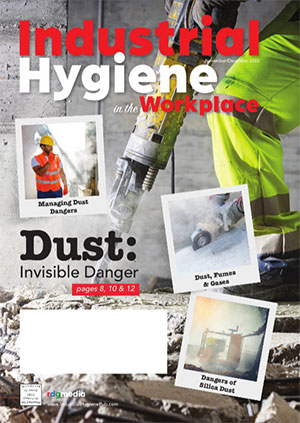Dropped Object Prevention: ANSI/ISEA 121-2018
History:
The ANSI/ISEA 121-2018, American National Standard for Dropped Object Prevention Solutions standard comes in response to the thousands of workers each year in the U.S. who are injured (and hundreds who have died) from being struck by falling objects, such as hand tools, instrumentation, small parts, structural components and other items that have to be transferred and used at heights.
In 2016, the Bureau of Labor Statistics reports there were 255 fatalities and 47,920 reported injuries from dropped objects in the U. S., making this the third-leading cause of injuries on the jobsite, according to OSHA. Compared to 2015, deaths from dropped objects were up approximately 3% with injuries increased by nearly 7%.
ISEA formed the Dropped Object Prevention Group, which included leading safety equipment manufacturers, to standardize solutions available to protect workers from objects dropped from heights. The standard was developed “from scratch” and is not a revision of anything. Before this standard, many workers have been tethering their tools and equipment using duct tape or rope. This standard guides employers and workers toward safer, more reliable solutions.
Key Compliance Requirements:
Developed by the ANSI and the International Safety Equipment Association (ISEA), ANSI/ ISEA 121-2018, American National Standard for Dropped Object Prevention Solutions establishes minimum design, performance and labeling requirements for solutions and testing that mitigate this hazard.
The standard addresses four active controls against dropped objects, including:\
- Anchor Attachments
- Tool Attachments
- Tool Tethers
- Containers
The standard will not include passive controls like netting and toeboards, nor will it include longstanding falling object PPE, like hard hats, eyewear and safety footwear. The standard is limited to the identified scope as and offers further guidance in various appendices. Utilization and use of the equipment outlined in this standard may differ between manufacturers offering it and employers using it.
Why Standard is Important:
Objects dropped from height can strike with a great deal of force, and the only way to reduce the chance of injury or harm from dropped objects is to prevent these accidental drops. Again, according to the Bureau of Labor Statistics, overall “struck-by” injuries were up 8.7% during the 2013-2014 period; more than 52,000 “struck by falling object” OSHA-recordable incidents occur each year in the U.S., according to OSHA, with 5% percent of all workplace fatalities in 2015 due to strikes by a falling object. And they are projected to increase to 9% by the end of 2018. In fact, one insurance company said it paid out more than $5 billion in workers’ compensation claims from 2013-2014. Damage to equipment, structures or the environment are not included in these claims.
ANSI/ISEA 121-2018 is groundbreaking, in that it requires dropped object prevention (DOP) solutions to go through dynamic drop-testing to be considered fit for use. Dynamic drop-testing involves dropping an object of known weight multiple times. If the DOP device being tested prevents a drop, it passes; if the device breaks and the object drops, it fails.
Compliance Assistance:
Copies of the standard can be purchased online from ISEA: https://bit.ly/2LkwxQV
Visit OSHA online at https://bit.ly/2DrpxO8 for more information.
SPONSORED BY: Ergodyne
“This is big, because it establishes tethering systems as best practice when it comes to falling object safety,” said Nate Bohmbach, Product Director at Ergodyne and the Chairman of the ISEA committee that developed this standard. “To date, many have been content with PPE such as hard hats or administrative controls, such as barricade tape, but those do not prevent items from falling, nor do they eliminate potential injury. Tethering systems prevent the items from falling altogether, and without this standard, there would be nothing to differentiate duct tape and string from a properly rated tool lanyard and attachment point.”
Ergodyne, 800-225-8238, www.ergodyne.com



